Portugal mission - The photos from our first field mission to Portugal are online now! It was a great trip, we were able to get tree samples from a forest buried under the Atlantic ocean beach! Take a look at some of the the photos of our sampling here:
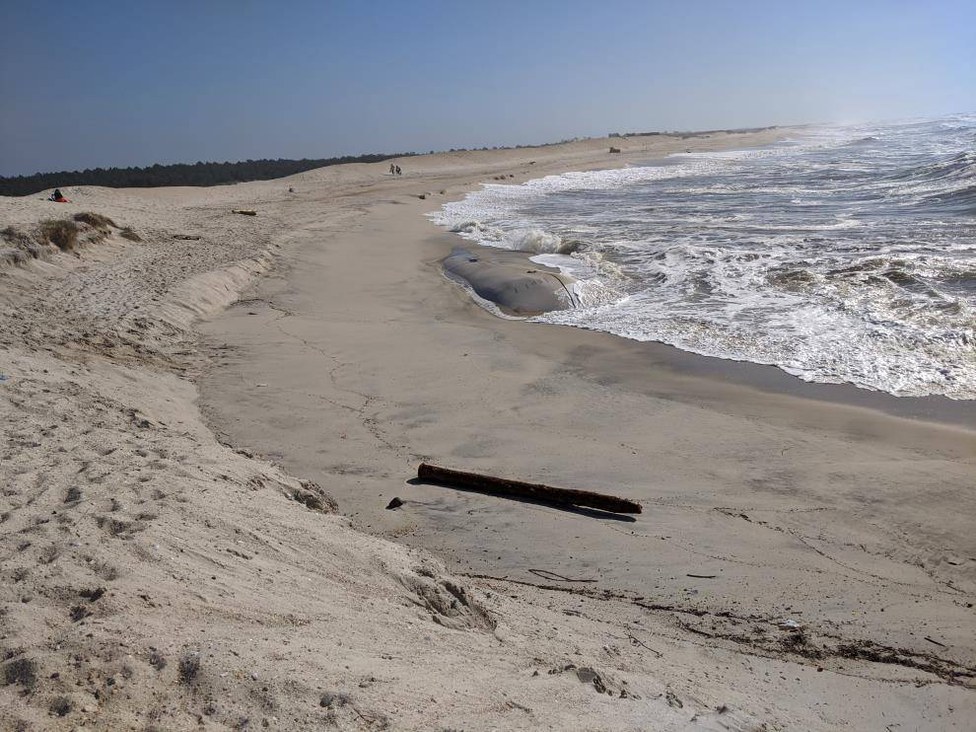
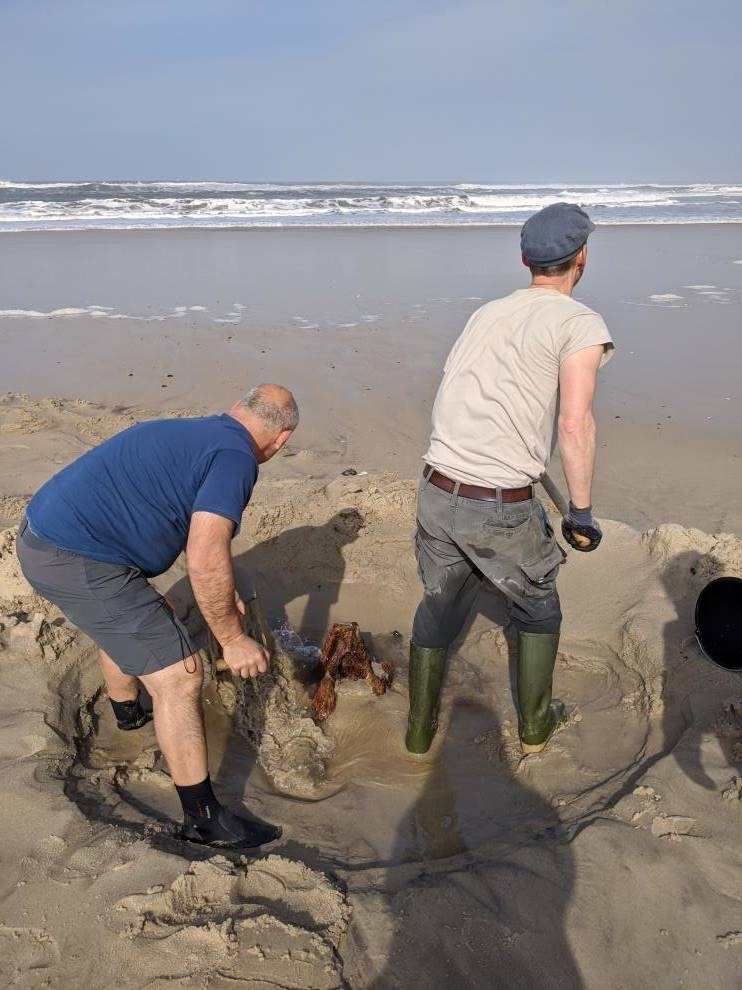
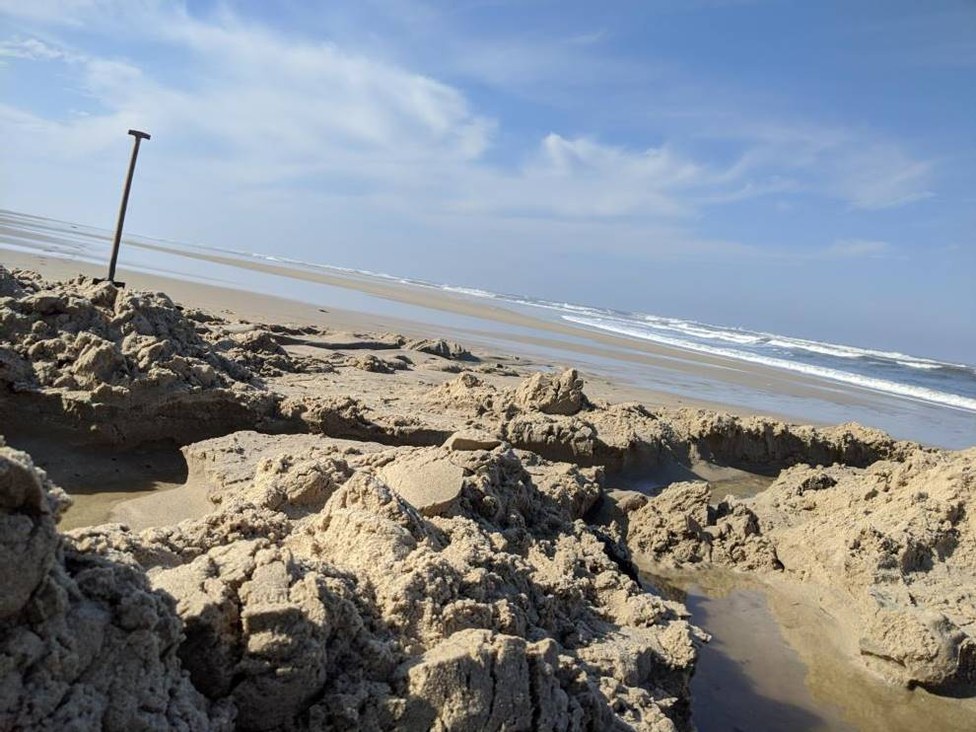
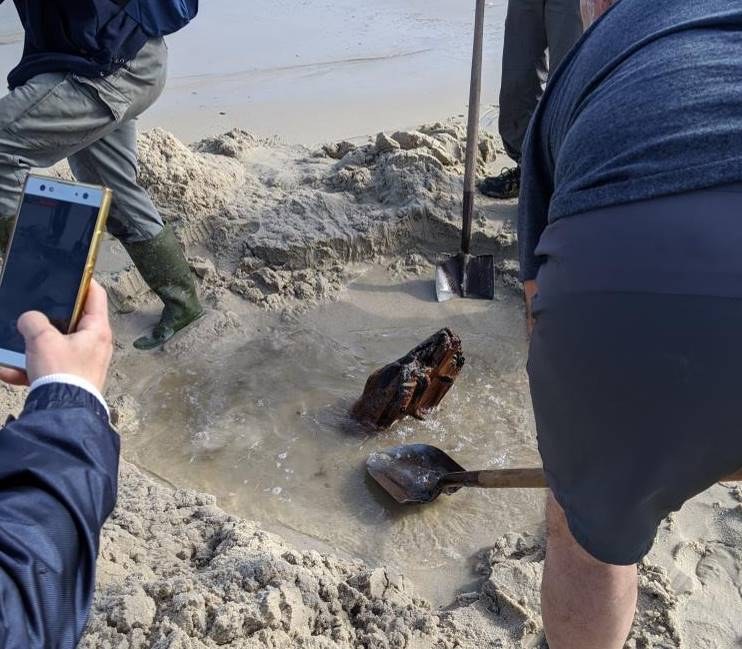
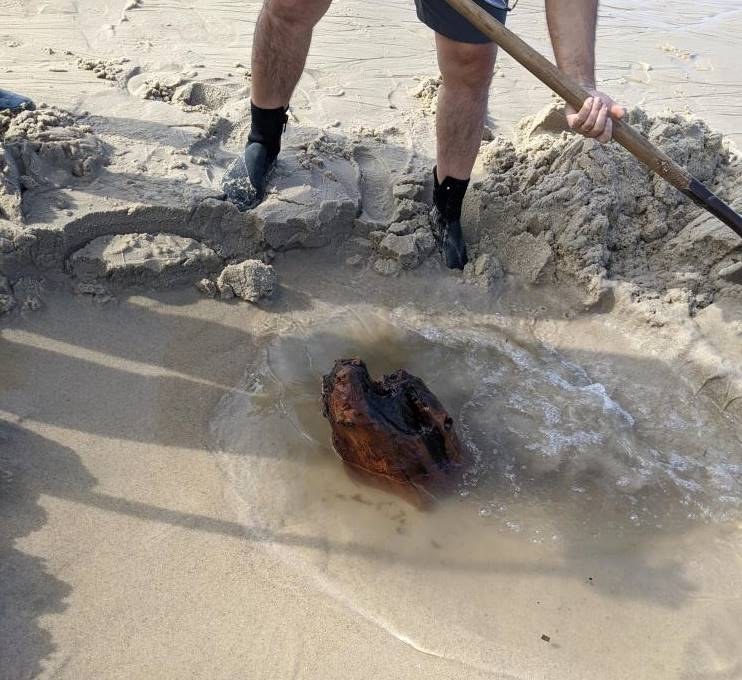
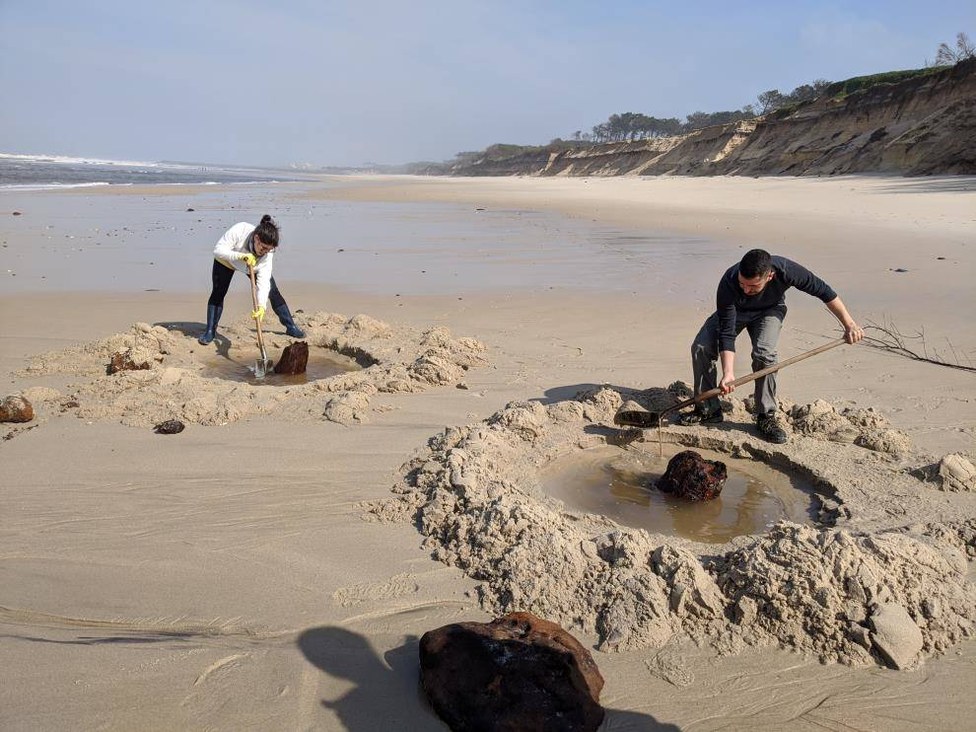
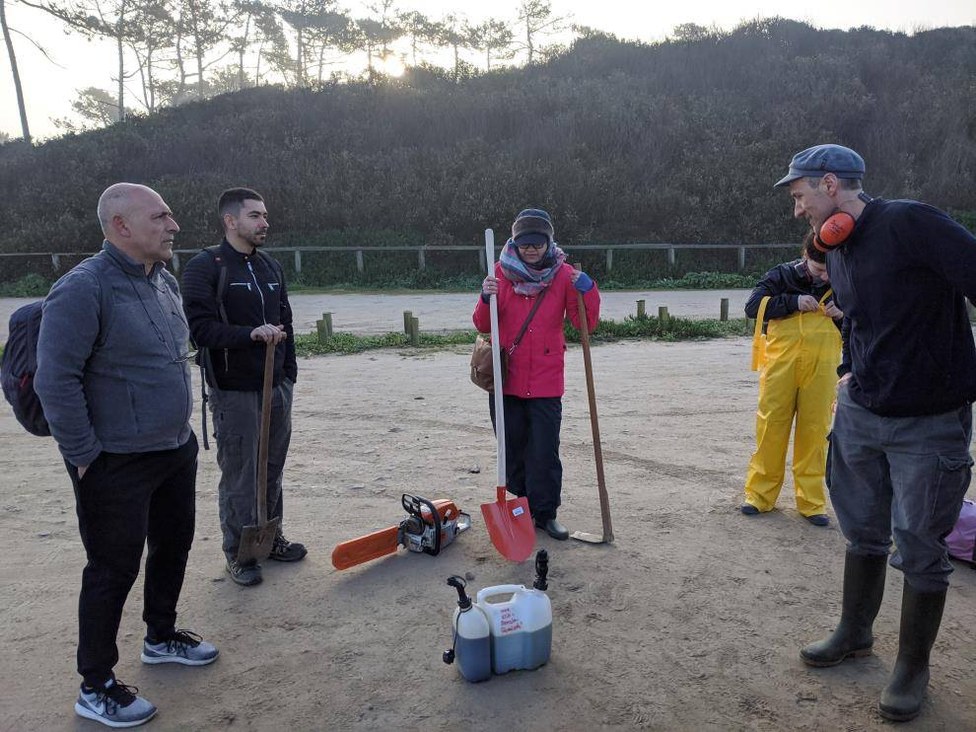
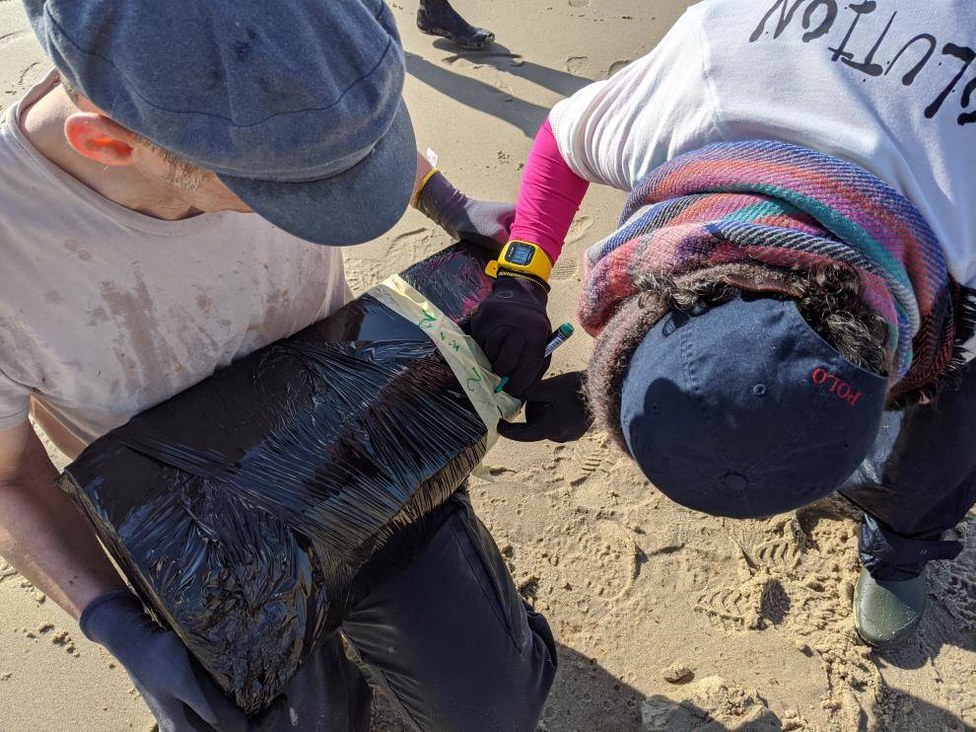
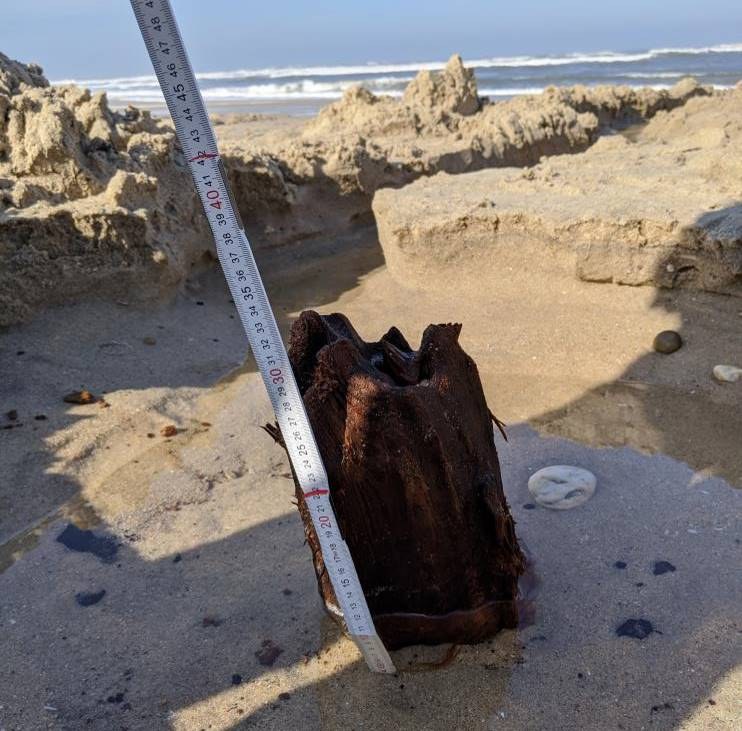
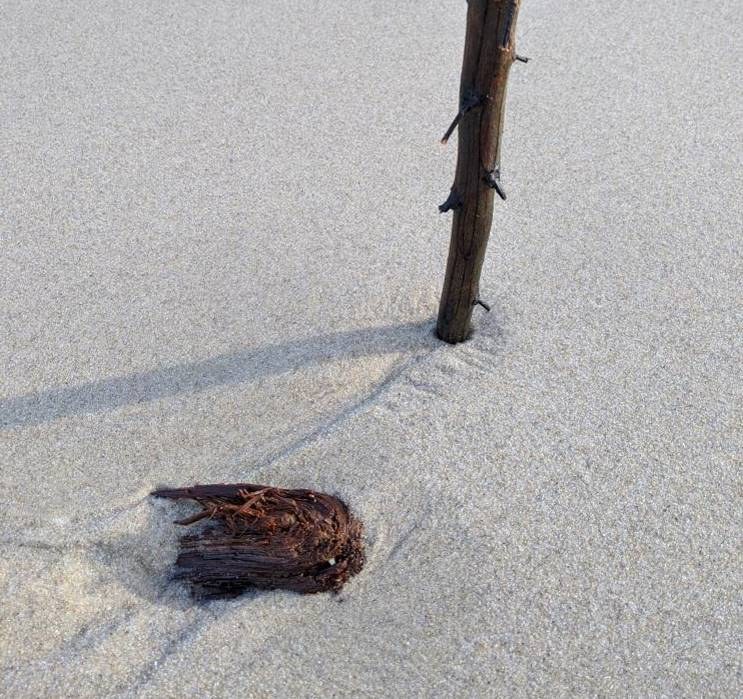
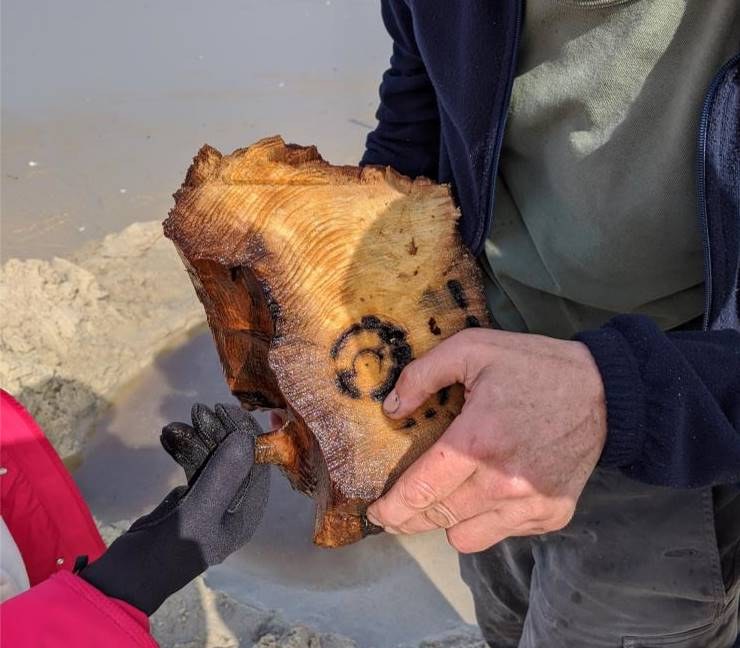
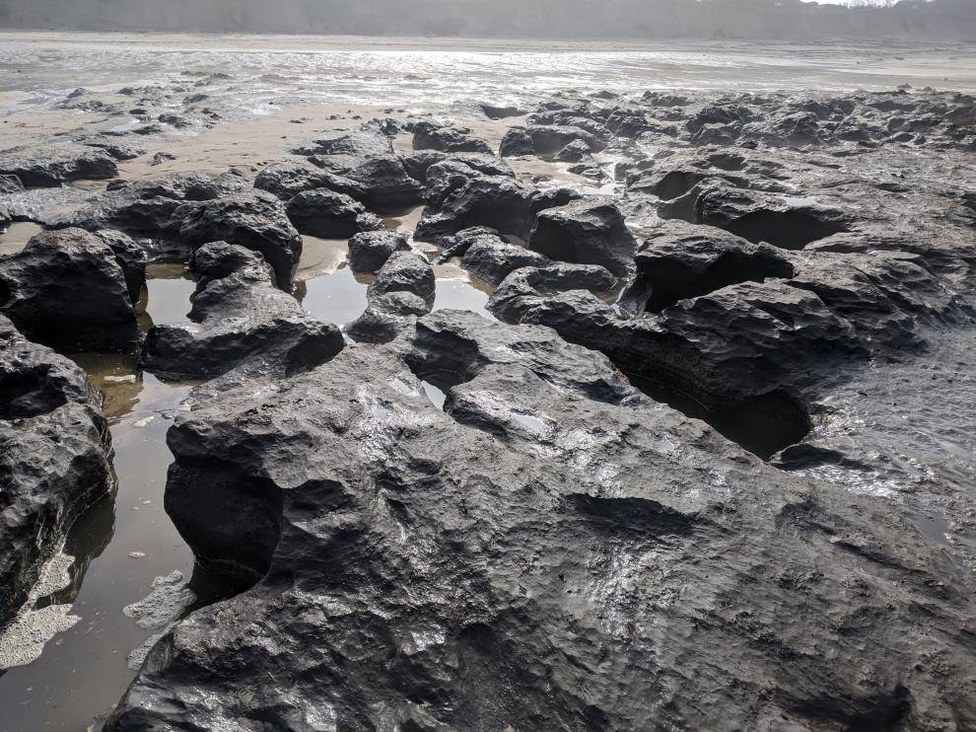
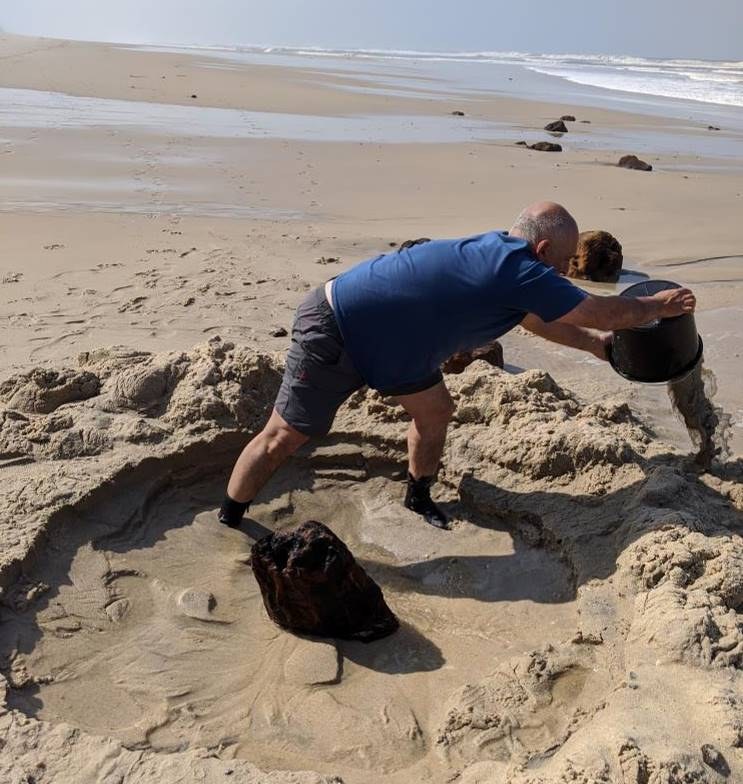
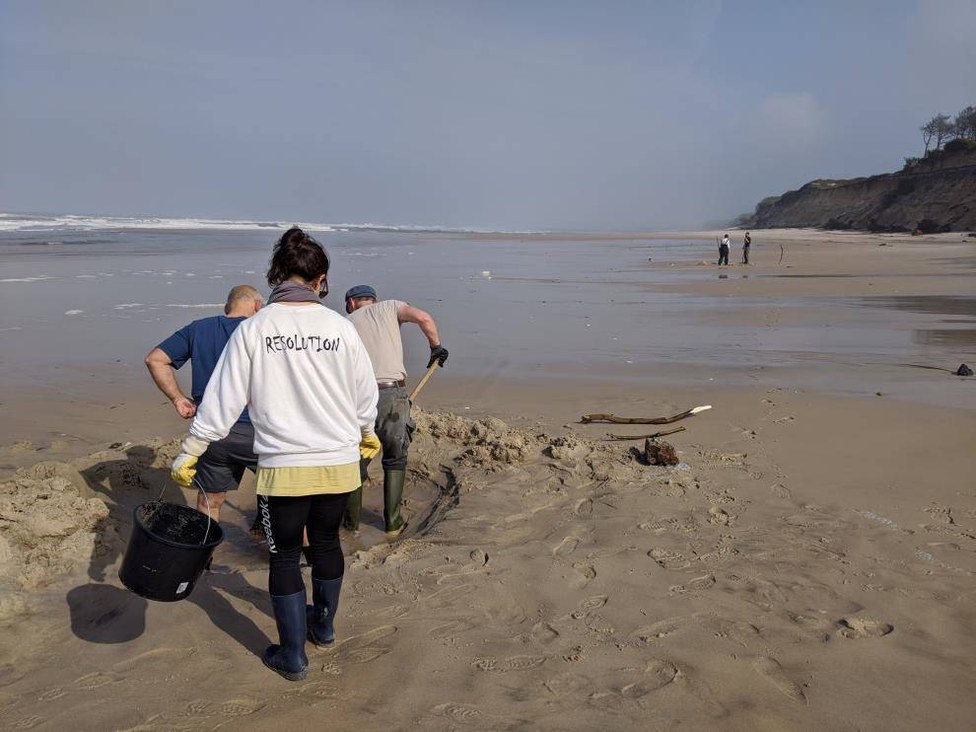
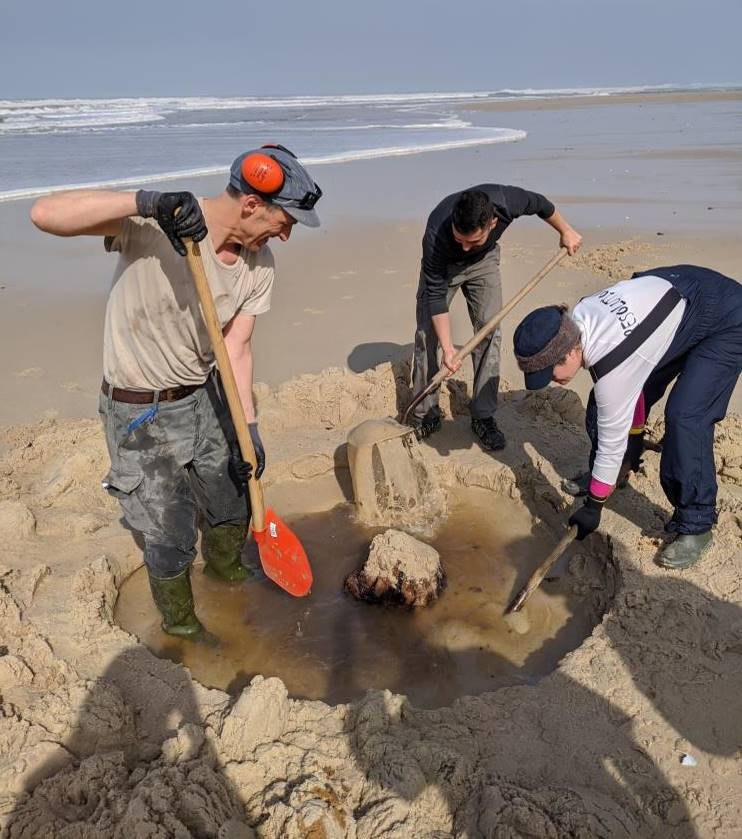
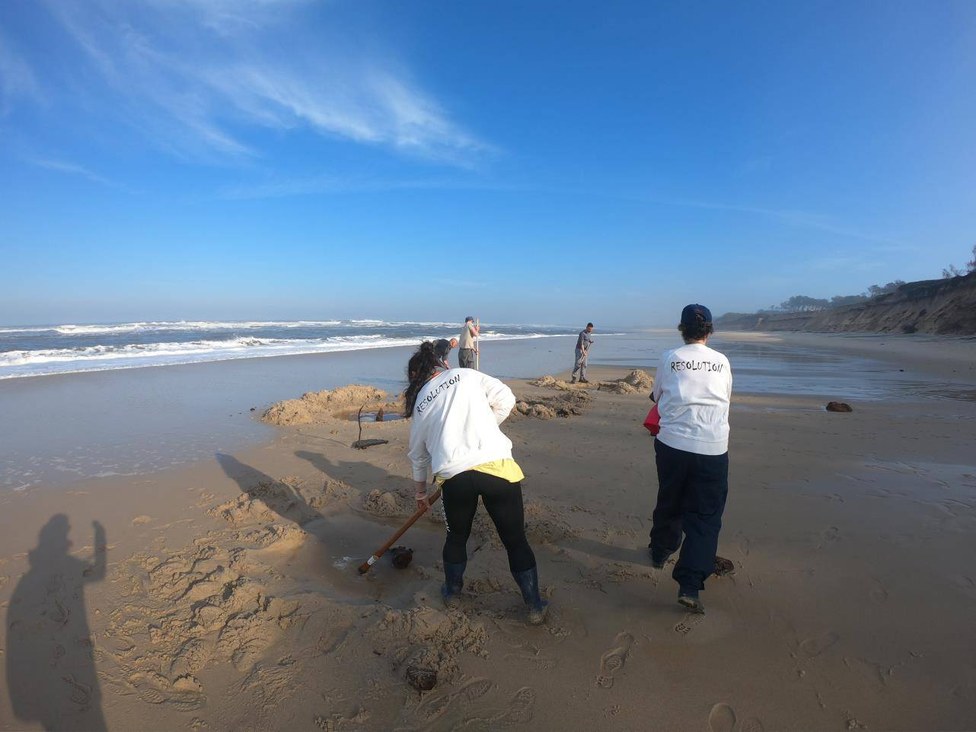
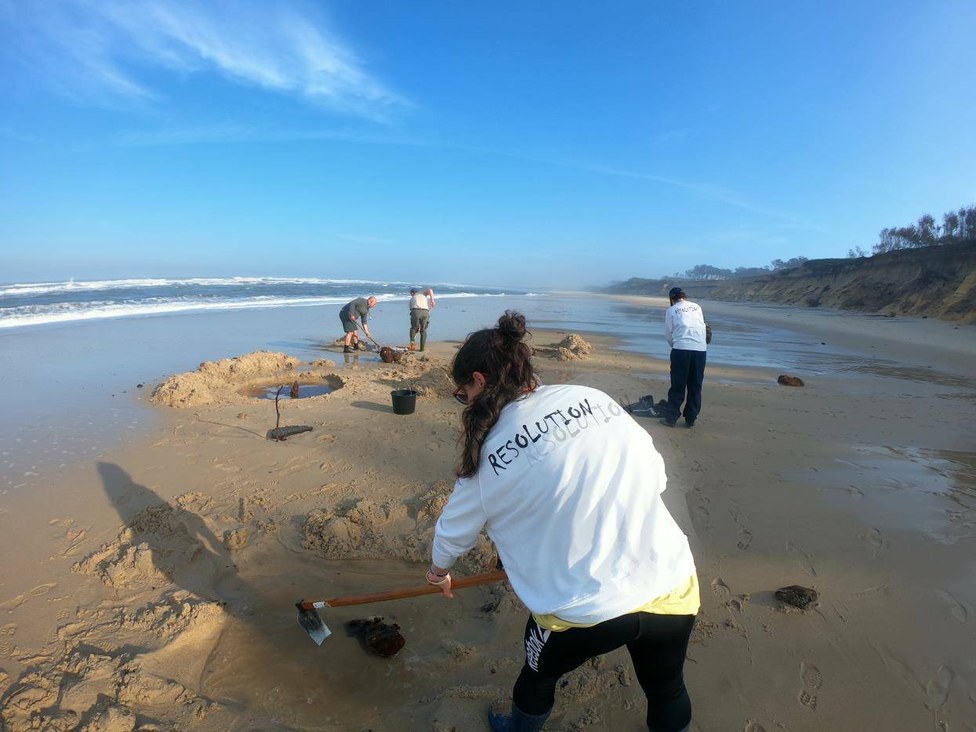
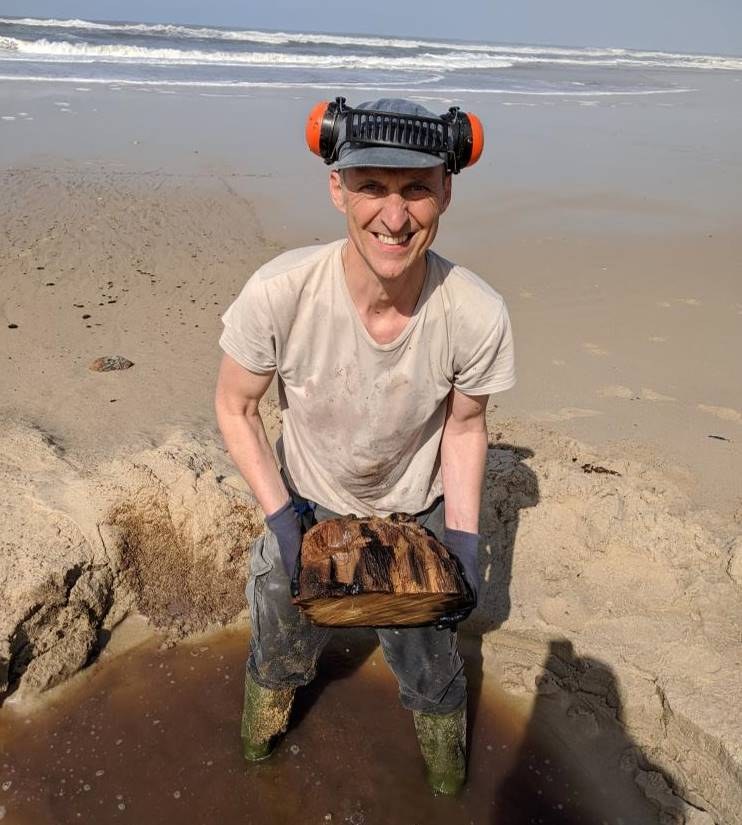
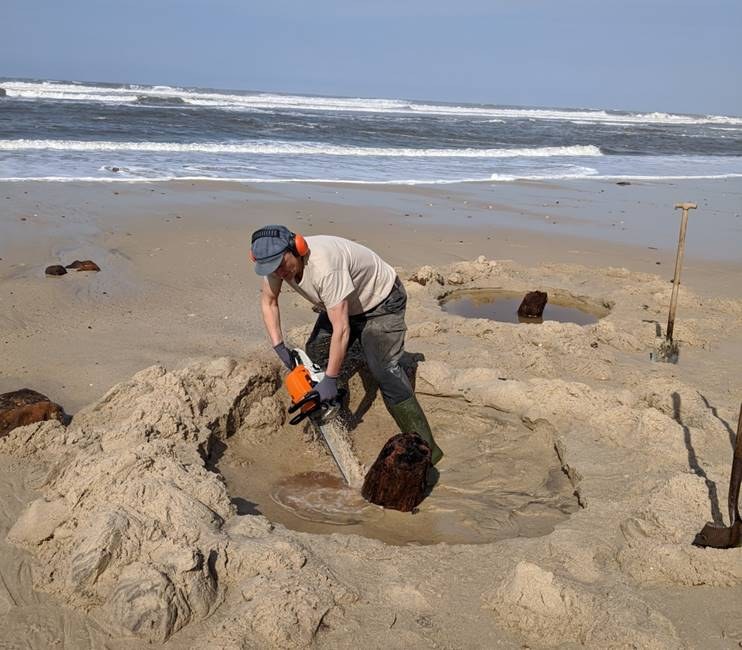
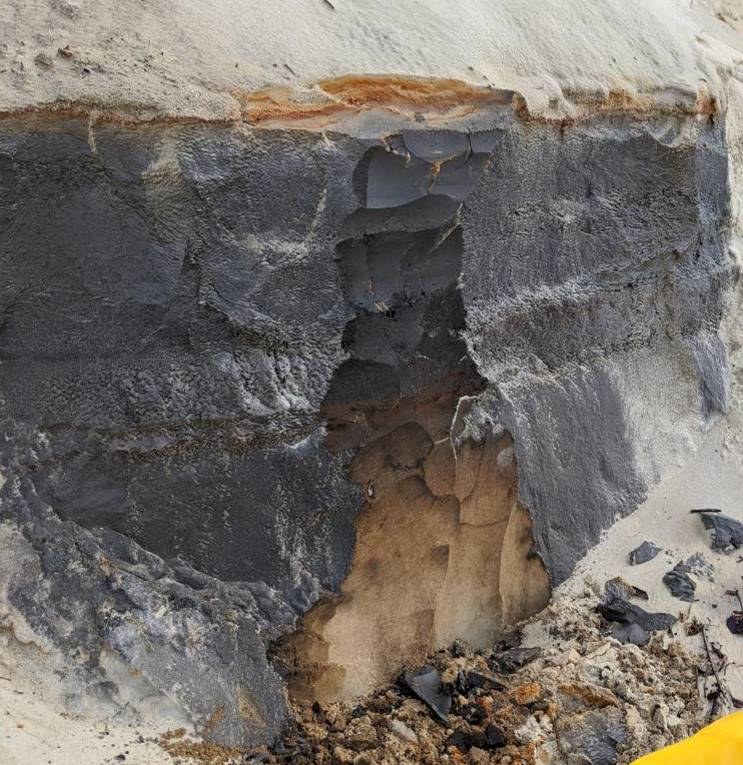
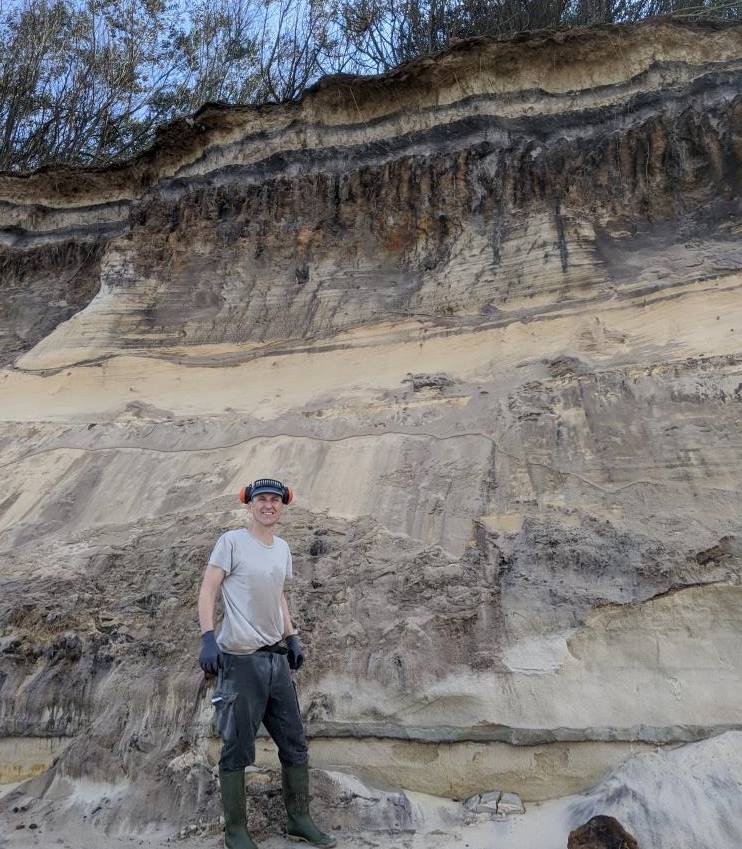
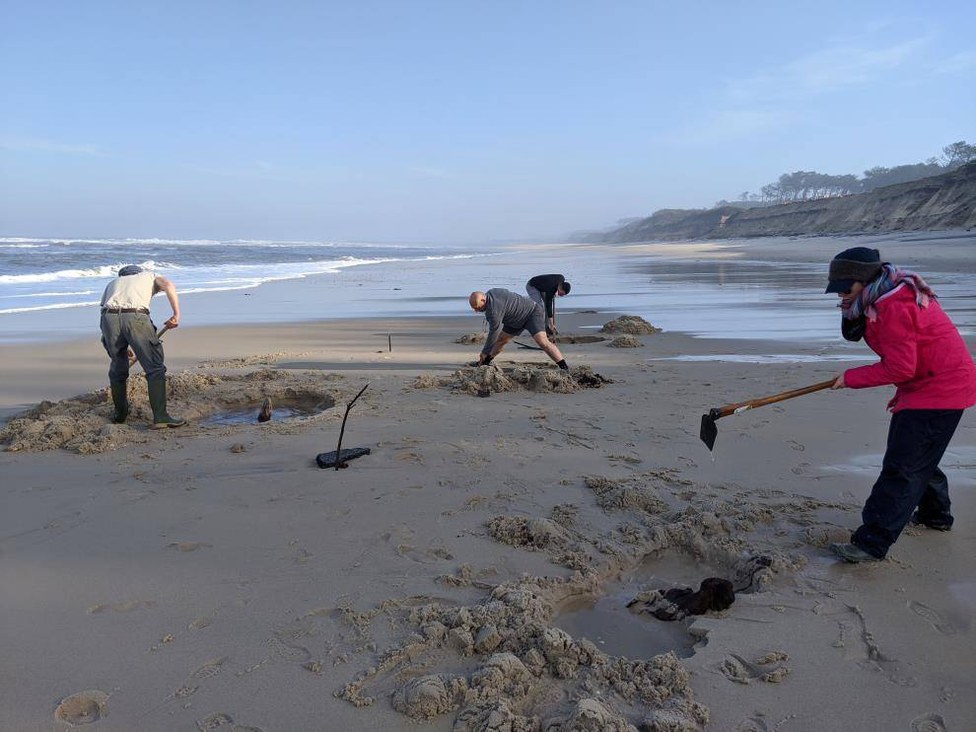
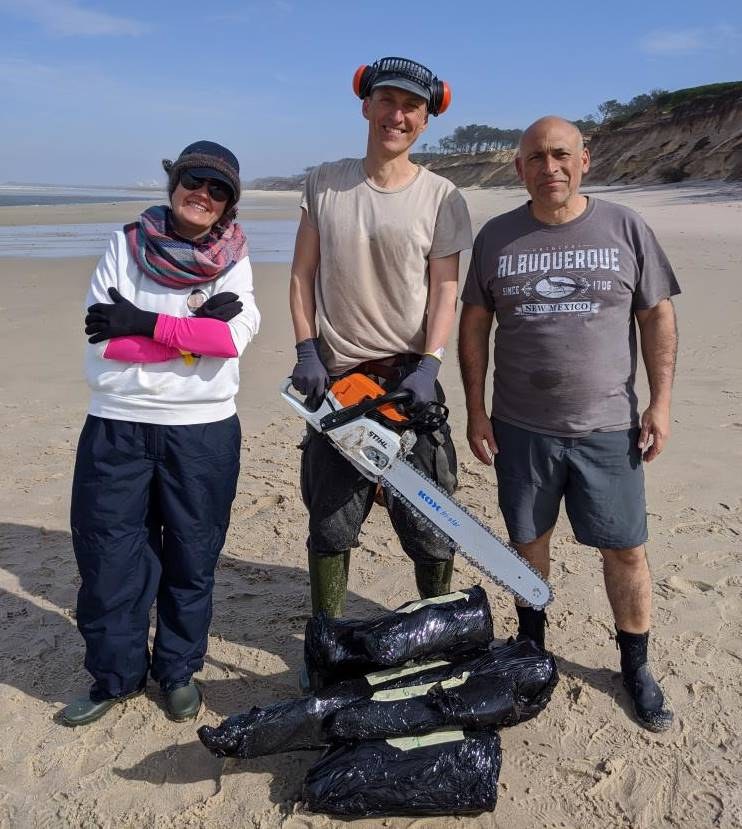
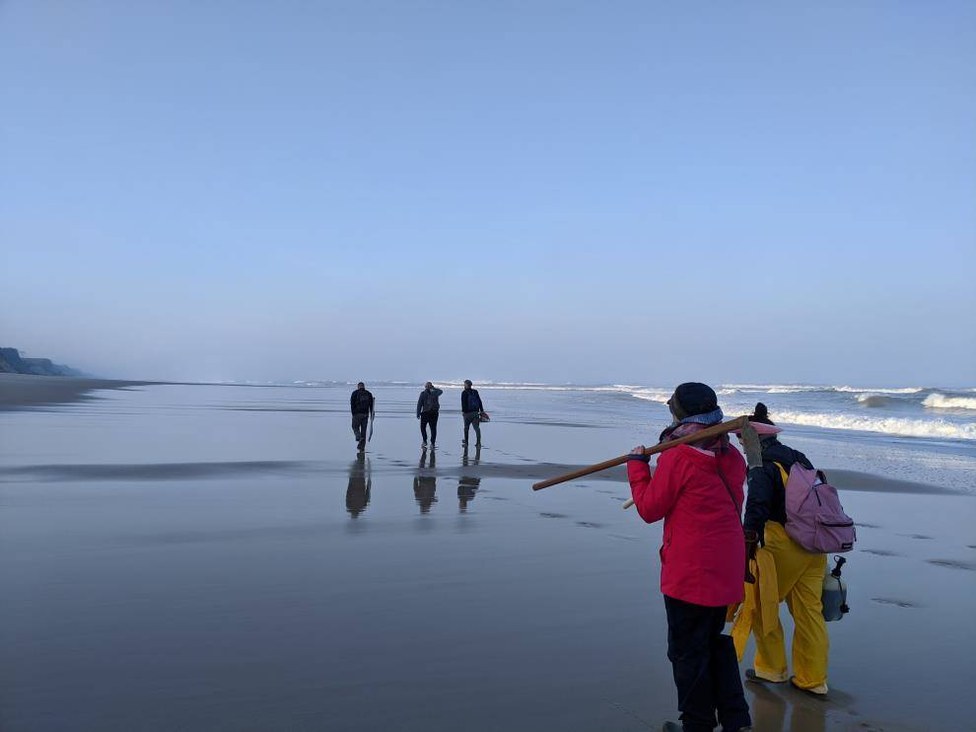
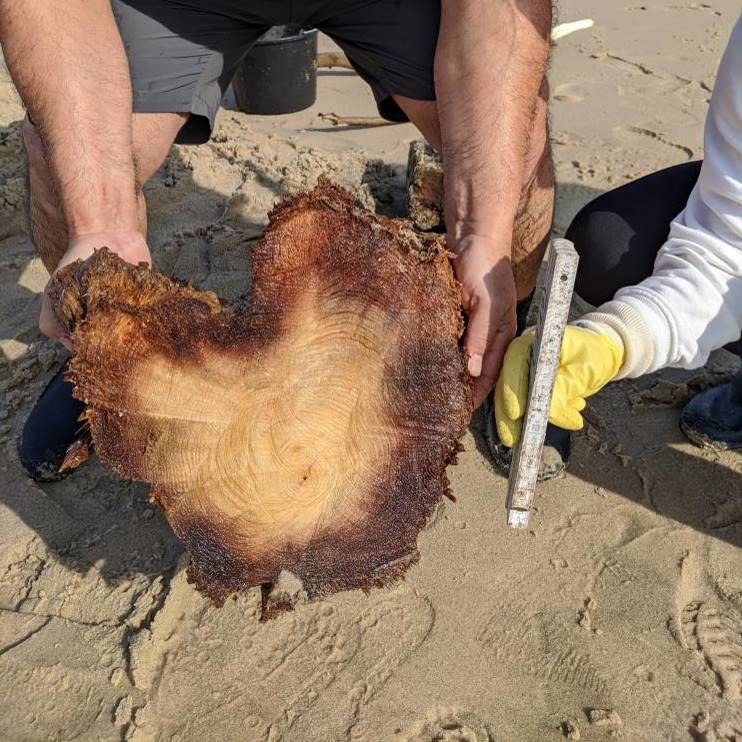
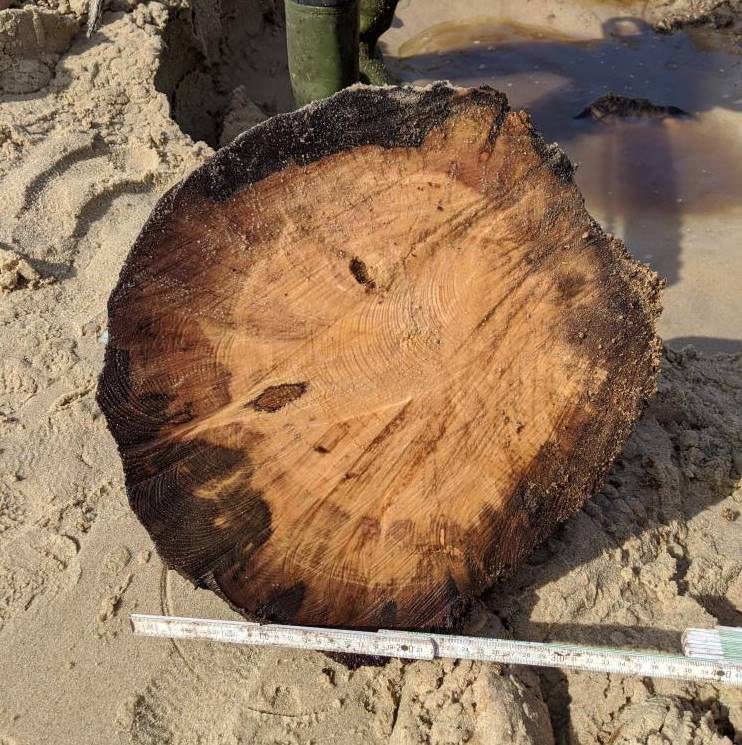
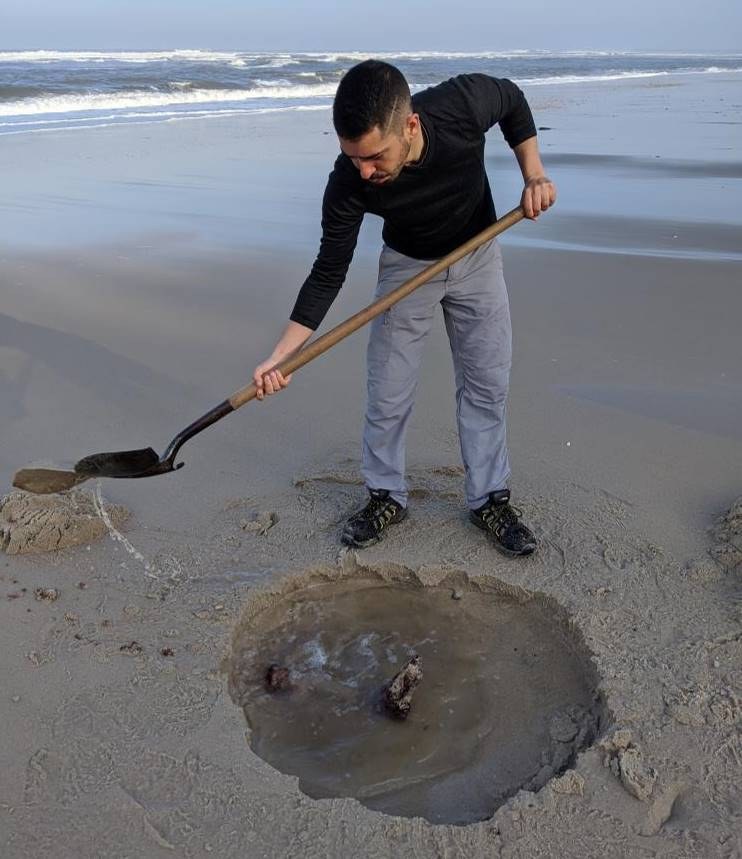
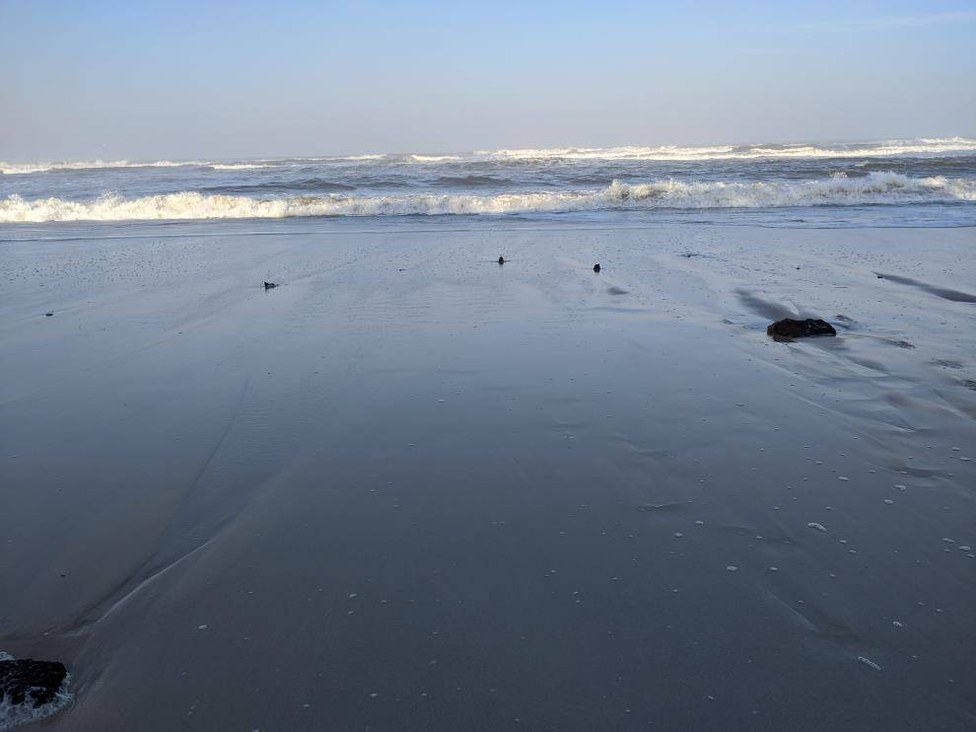
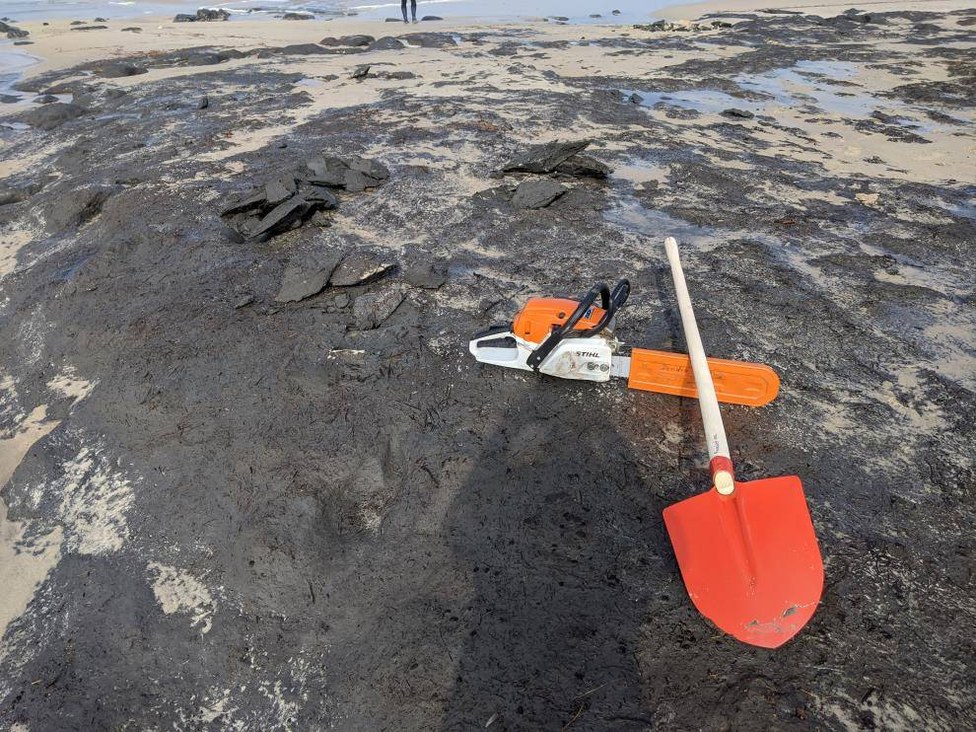
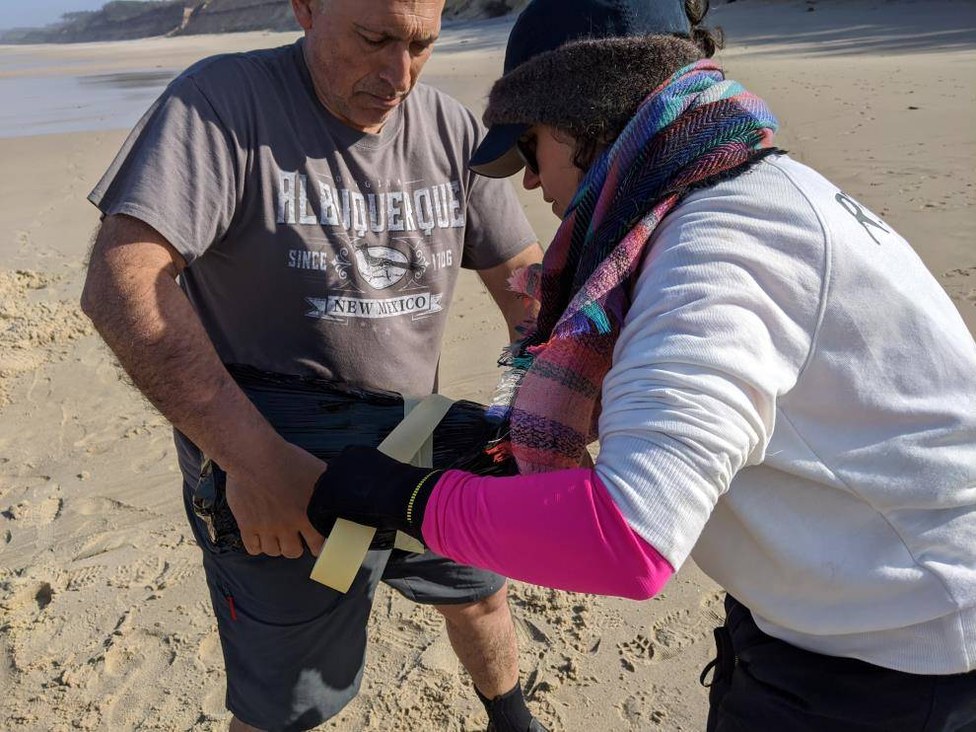
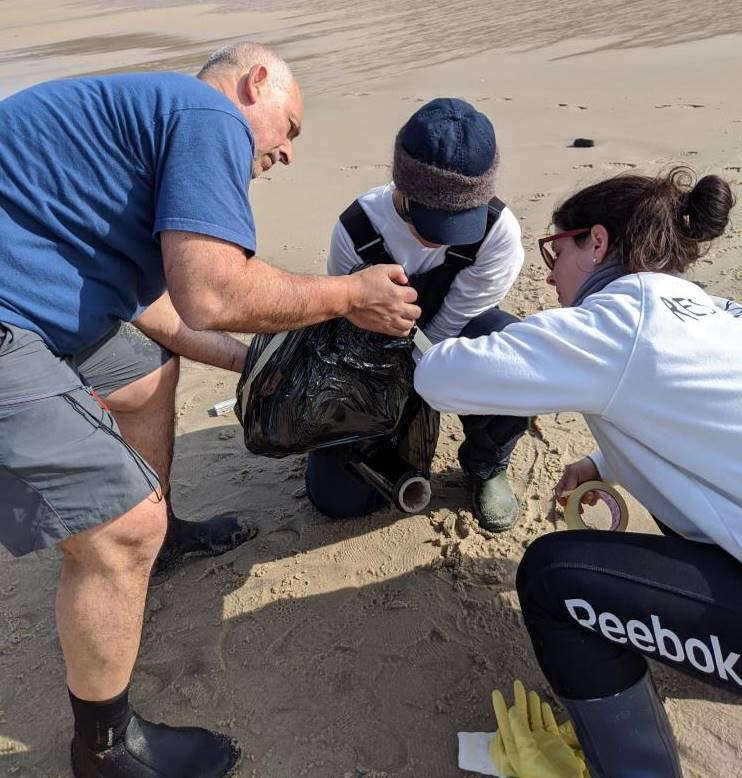
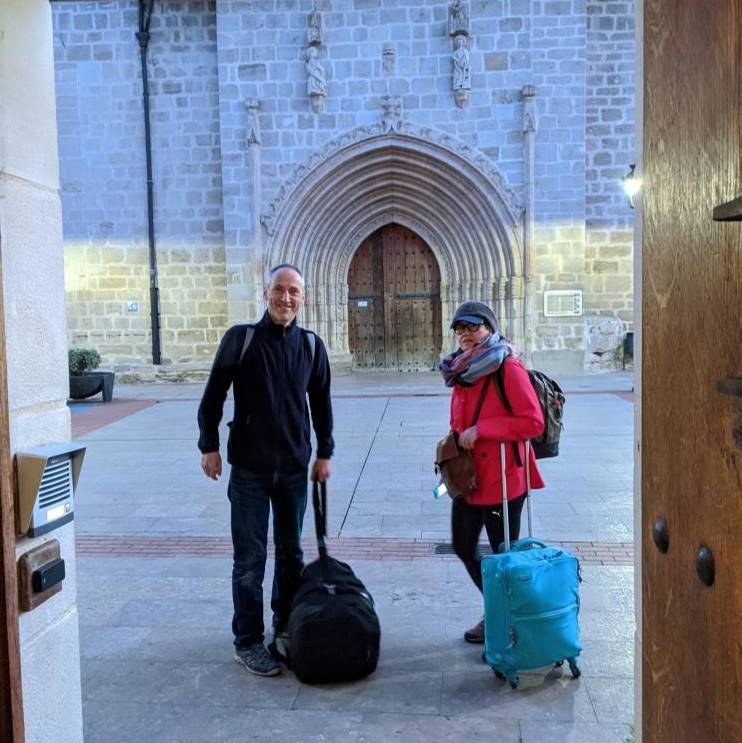
You can find other photos from the Portugal expedition on the RESOLUTION Twitter page. See photos from our visit to the UAB in Barcelona Spain and more photos of the team at work in Furadouro, Portugal.
Or, read these articles for further information on the geological - structural and sedimentary background of the site:
2. "Sea‐level changes during the Pleistocene‐Holocene in the NW coastal zone of Portugal"
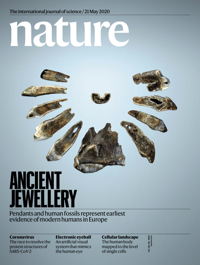
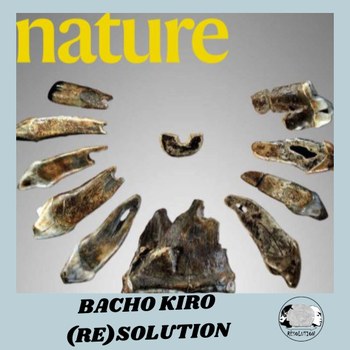
An international research team, including RESOLUTION principal investigator Sahra Talamo and scientific advisers Bernd Kromer and Jean-Jacques Hublin, reports new Homo sapiens fossils from the site of Bacho Kiro Cave in Bulgaria newly excavated in 2015. The new discovery document the earliest known Upper Paleolithic Homo sapiens and push back the start of this major cultural transition in Europe to approximately 45,000 years ago. The fossils were directly dated and associated with numerous stone and bone tools remains of hunted animals and personal ornaments.
“This site provides evidence for the first dispersal of H. sapiens across the mid-latitudes of Eurasia bringing new behaviours into Europe and interacting with local Neanderthals”, says Jean-Jacques Hublin, director at the Max Planck Institute for Evolutionary Anthropology in Leipzig, Germany (MPI). “The radiocarbon dates at Bacho Kiro Cave are not only the largest dataset of a single Palaeolithic site ever made, but also are the most precise in terms of error ranges”, says Sahra Talamo from the University of Bologna and Bernd Kromer from the MPI . “The majority of animal bones we dated have signs of human impacts such as butchery marks, which, along with the direct dates of human bones, provides us with a really clear chronological picture of when Homo sapiens first occupied this cave, in the interval from 45,820 to 43,650 years ago, and potentially as early as 46,940 years ago”, says Helen Fewlass.
Two new studies published in Nature and Nature Ecology & Evolution describe the extensive work over the past five years performed by the team in Bacho Kiro.

And to read more see the full Max Planck Press Release and all the news about this outstanding find
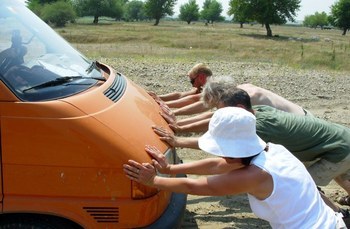
Sometimes it was really hard work to collect Trees for IntCal! Be patient, few more weeks and IntCal20 will be out as Open Access in Radiocarbon journal! In the meantime, our paper on "Recent developments in calibration for archaeological and environmental samples" highlights new developments and implications for the radiocarbon user community. See it on Twitter by clicking here or read the abstract below ⤵️
Abstract
The curves recommended for calibrating radiocarbon (14C) dates into absolute dates have been updated. For calibrating atmospheric samples from the Northern Hemisphere, the new curve is called IntCal20. This is accompanied by associated curves SHCal20 for the Southern Hemisphere, and Marine20 for marine samples. In this “companion article” we discuss advances and developments that have led to improvements in the updated curves and highlight some issues of relevance for the general readership. In particular the dendrochronological based part of the curve has seen a significant increase in data, with single-year resolution for certain time ranges, extending back to 13,910 calBP. Beyond the tree rings, the new curve is based upon an updated combination of marine corals, speleothems, macrofossils, and varved sediments and now reaches back to 55,000 calBP. Alongside these data advances, we have developed a new, bespoke statistical curve construction methodology to allow better incorporation of the diverse constituent records and produce a more robust curve with uncertainties. Combined, these data and methodological advances offer the potential for significant new insight into our past. We discuss some implications for the user, such as the dating of the Santorini eruption and also some consequences of the new curve for Paleolithic archaeology.
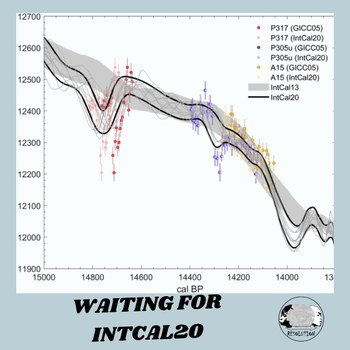
Another important paper in Radiocarbon journal has been published: "Testing and improving the IntCal20 calibration curve with independent records"
This will be used for the older period within the RESOLUTION ERC Research Project.
Look at the original post on Twitter.
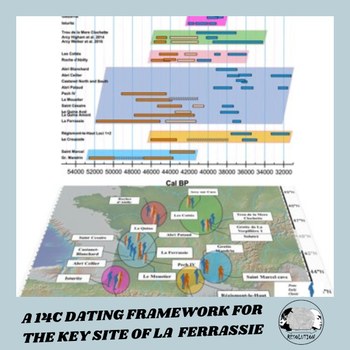
It is with great pleasure that we announce our new publication on the La Ferrassie #Chronology is now online at JQS and is OA! Click here to read or download the paper or read the abstract below ⤵️
Abstract
The grand abri at La Ferrassie (France) has been a key site for Palaeolithic research since the early part of the 20th century. It became the eponymous site for one variant of Middle Palaeolithic stone tools, and its sequence was used to define stages of the Aurignacian, an early phase of the Upper Palaeolithic. Several Neanderthal remains, including two relatively intact skeletons, make it one of the most important sites for the study of Neanderthal morphology and one of the more important data sets when discussing the Neanderthal treatment of the dead. However, the site has remained essentially undated. Our goal here is to provide a robust chronological framework of the La Ferrassie sequence to be used for broad regional models about human behaviour during the late Middle to Upper Palaeolithic periods. To achieve this goal, we used a combination of modern excavation methods, extensive geoarchaeological analyses, and radiocarbon dating. If we accept that Neanderthals were responsible for the Châtelperronian, then our results suggest an overlap of ca. 1600 years with the newly arrived Homo sapiens found elsewhere in France.
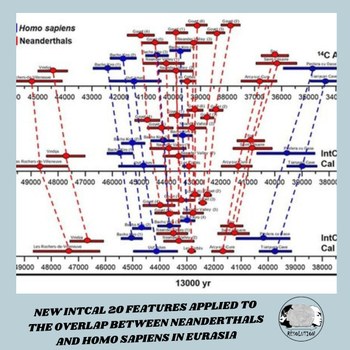
The new feature of IntCal20 between 40 and 48 ka BP is now online in a Brief report at PNAS. As an illustration, we consider the duration of the overlap between Neanderthals and Homo sapiens in Eurasia. Read the abstract below ⤵️
Abstract
The new radiocarbon calibration curve (IntCal20) allows us to calculate the gradient of the relationship between 14C age and calendar age over the past 55 millennia before the present (55 ka BP). The new gradient curve exhibits a prolonged and prominent maximum between 48 and 40 ka BP during which the radiocarbon clock runs almost twice as fast as it should. This radiocarbon time dilation is due to the increase in the atmospheric 14C/12C ratio caused by the 14C production rise linked to the transition into the Laschamp geomagnetic excursion centered around 41 ka BP. The major maximum in the gradient from 48 to 40 ka BP is a new feature of the IntCal20 calibration curve, with far-reaching impacts for scientific communities, such as prehistory and paleoclimatology, relying on accurate ages in this time range. To illustrate, we consider the duration of the overlap between Neanderthals and Homo sapiens in Eurasia.
And have a look of the original Twitter post here.
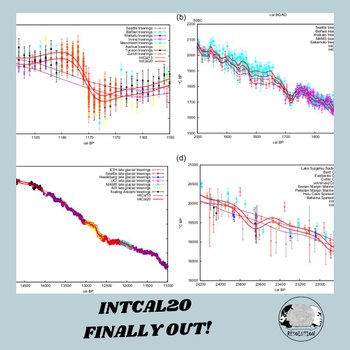
The new International Calibration Curve IntCal20 for the first time Open Access in the Radiocarbon journal, to read the article click here!
Check it out on Twitter by clicking here or read the abstract of the paper below ⤵️
Abstract
Radiocarbon (14C) ages cannot provide absolutely dated chronologies for archaeological or paleoenvironmental studies directly but must be converted to calendar age equivalents using a calibration curve compensating for fluctuations in atmospheric 14C concentration. Although calibration curves are constructed from independently dated archives, they invariably require revision as new data become available and our understanding of the Earth system improves. In this volume the international 14C calibration curves for both the Northern and Southern Hemispheres, as well as for the ocean surface layer, have been updated to include a wealth of new data and extended to 55,000 cal BP. Based on tree rings, IntCal20 now extends as a fully atmospheric record to ca. 13,900 cal BP. For the older part of the timescale, IntCal20 comprises statistically integrated evidence from floating tree-ring chronologies, lacustrine and marine sediments, speleothems, and corals. We utilized improved evaluation of the timescales and location variable 14C offsets from the atmosphere (reservoir age, dead carbon fraction) for each dataset. New statistical methods have refined the structure of the calibration curves while maintaining a robust treatment of uncertainties in the 14C ages, the calendar ages and other corrections. The inclusion of modeled marine reservoir ages derived from a three-dimensional ocean circulation model has allowed us to apply more appropriate reservoir corrections to the marine 14C data rather than the previous use of constant regional offsets from the atmosphere. Here we provide an overview of the new and revised datasets and the associated methods used for the construction of the IntCal20 curve and explore potential regional offsets for tree-ring data. We discuss the main differences with respect to the previous calibration curve, IntCal13, and some of the implications for archaeology and geosciences ranging from the recent past to the time of the extinction of the Neanderthals.
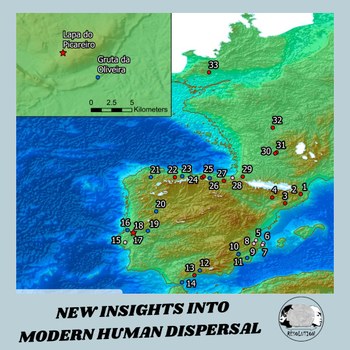
Modern humans reached westernmost Europe 5,000 years earlier than previously known! We are thrilled to announce our new paper in PNASNews published on September 28. 2020 and available by clicking the Title below:
Abstract
Documenting the first appearance of modern humans in a given region is key to understanding the dispersal process and the replacement or assimilation of indigenous human populations such as the Neanderthals. The Iberian Peninsula was the last refuge of Neanderthal populations as modern humans advanced across Eurasia. Here we present evidence of an early Aurignacian occupation at Lapa do Picareiro in central Portugal. Diagnostic artifacts were found in a sealed stratigraphic layer dated 41.1 to 38.1 ka cal BP, documenting a modern human presence on the western margin of Iberia ∼5,000 years earlier than previously known. The data indicate a rapid modern human dispersal across southern Europe, reaching the westernmost edge where Neanderthals were thought to persist. The results support the notion of a mosaic process of modern human dispersal and replacement of indigenous Neanderthal populations.
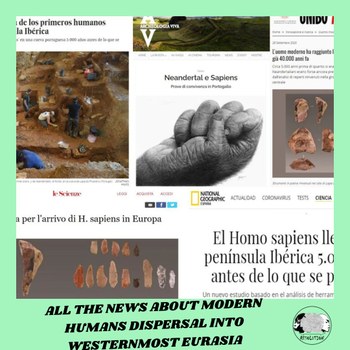
News about the paper have been published in various Italian and Spanish News pages such as the following:
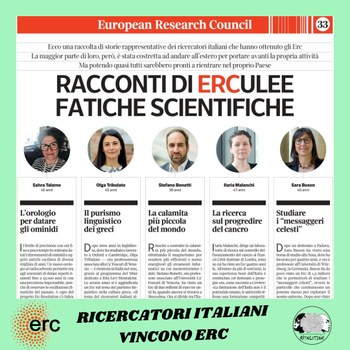
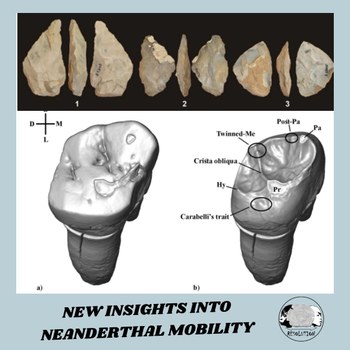
Abstract
The Micoquian is the broadest and longest enduring cultural facies of the Late Middle Palaeolithic that spread across the periglacial and boreal environments of Europe between Eastern France, Poland, and Northern Caucasus. Here, we present new data from the archaeological record of Stajnia Cave (Poland) and the paleogenetic analysis of a Neanderthal molar S5000, found in a Micoquian context. Our results demonstrate that the mtDNA genome of Stajnia S5000 dates to MIS 5a making the tooth the oldest Neanderthal specimen from Central-Eastern Europe. Furthermore, S5000 mtDNA has the fewest number of differences to mtDNA of Mezmaiskaya 1 Neanderthal from Northern Caucasus, and is more distant from almost contemporaneous Neanderthals of Scladina and Hohlenstein-Stadel. This observation and the technological affinity between Poland and the Northern Caucasus could be the result of increased mobility of Neanderthals that changed their subsistence strategy for coping with the new low biomass environments and the increased foraging radius of gregarious animals. The Prut and Dniester rivers were probably used as the main corridors of dispersal. The persistence of the Micoquian techno-complex in South-Eastern Europe infers that this axis of mobility was also used at the beginning of MIS 3 when a Neanderthal population turnover occurred in the Northern Caucasus.
Figure: 3D reconstruction of the Neanderthal molar found at Stajnia cave during the excavations.

Il Resto Del Carlino: "UniBo, scoperto in un dente il più antico Dna di Neanderthal";
Skytg24: "Scoperte in un dente tracce di Dna di un Neanderthal di 80mila anni fa";
ANSA.it: "Scoperto da dente Dna Neandertal che risale a 80mila anni fa";
La Regione: "In un dente il segreto del Neanderthal più antico d'Europa";
Il Primato Nazionale: "Neandertal, scoperto il più antico Dna dell’Europa centro-orientale: è di 80mila anni fa;
UNIBO Magazine: "Il più antico DNA di Neandertal dell’Europa centro-orientale" .
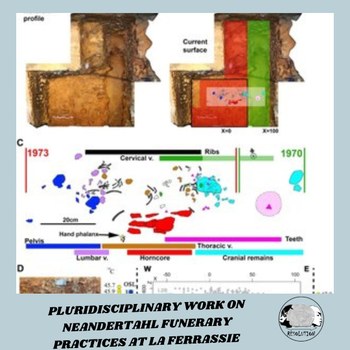
Abstract
The origin of funerary practices has important implications for the emergence of so-called modern cognitive capacities and behaviour. We provide new multidisciplinary information on the archaeological context of the La Ferrassie 8 Neandertal skeleton (grand abri of La Ferrassie, Dordogne, France), including geochronological data -14C and OSL-, ZooMS and ancient DNA data, geological and stratigraphic information from the surrounding context, complete taphonomic study of the skeleton and associated remains, spatial information from the 1968–1973 excavations, and new (2014) fieldwork data. Our results show that a pit was dug in a sterile sediment layer and the corpse of a two-year-old child was laid there. A hominin bone from this context, identified through Zooarchaeology by Mass Spectrometry (ZooMS) and associated with Neandertal based on its mitochondrial DNA, yielded a direct 14C age of 41.7–40.8 ka cal BP (95%), younger than the 14C dates of the overlying archaeopaleontological layers and the OSL age of the surrounding sediment. This age makes the bone one of the most recent directly dated Neandertals. It is consistent with the age range for the Châtelperronian in the site and in this region and represents the third association of Neandertal taxa to Initial Upper Palaeolithic lithic technocomplex in Western Europe. A detailed multidisciplinary approach, as presented here, is essential to advance understanding of Neandertal behavior, including funerary practices.
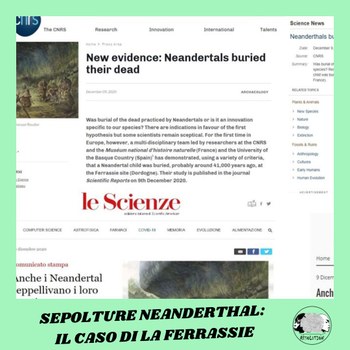
CNRS: "New evidence: Neanderthals buried their dead";
Science Daily: "Neanderthals buried their dead: New evidence";
Le Scienze: "Anche i Neandertal seppellivano i loro morti";
Corriere Nazionale: "Anche i Neandertal seppellivano i morti";
UNIBO Magazine: "Anche i Neandertal seppellivano i loro morti".